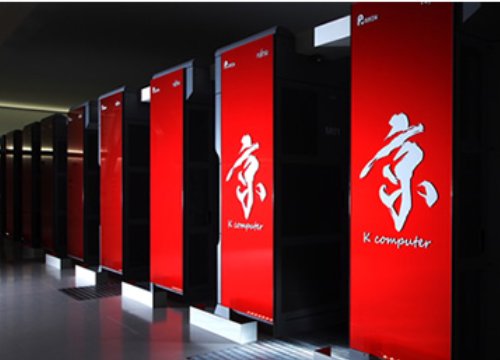
AsianScientist (Jul 24, 2014) – Researchers from the RIKEN Advanced Institute for Computational Science (AICS) have succeeded in running 10,240 parallel simulations of global weather, the largest number ever performed, using Japan’s flagship 10-petaFLOPS K computer.
Ensemble forecasting is a key part of weather forecasting today. Computers typically run multiple simulations, called ensembles, using slightly different initial conditions or assumptions, and then analyze them together to try to improve forecasts.
The assimilation of the 10,240 ensemble data sets was made possible by a cross-disciplinary collaboration of data assimilation experts and eigenvalue solver scientists at RIKEN AICS. The “Local Ensemble Transform Kalman Filter” (LETKF), an already efficient system, was further improved by a factor of eight using the “EigenExa” high-performance eigenvalue solver software, making possible a three-week computation of data from the 10,240 ensembles for simulated global weather.
By analyzing the 10,240 equally probable estimates of atmospheric states, the team discovered that faraway observations, even going beyond 10,000 kilometers in distance, may have an immediate impact on eventual state of the estimation. This finding suggests the need for further research on advanced methods that can make better use of faraway observations, as this could potentially lead to an improvement of weather forecasts.
This achievement was made possible by three projects funded by the Japan Science and Technology Agency (JST). Firstly, projects led by Dr. Takemasa Miyoshi of RIKEN and Professor Yuzuru Tanaka of Hokkaido University developed technologies for big data assimilation and utilization. Next, yottabyte-scale processing was enabled by a project led by Professor Satoshi Matsuoka of the Tokyo Institute of Technology. Lastly, the development of an eigen-supercomputing engine by Professor Tetsuya Sakurai of the University of Tsukuba also contributed to the K computer’s latest achievement.
———–
Source: RIKEN.
Disclaimer: This article does not necessarily reflect the views of AsianScientist or its staff.












